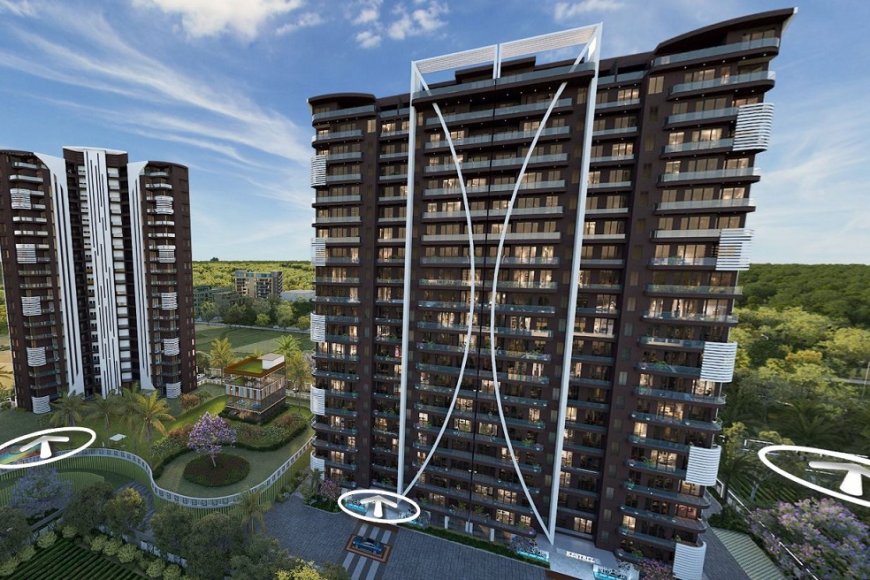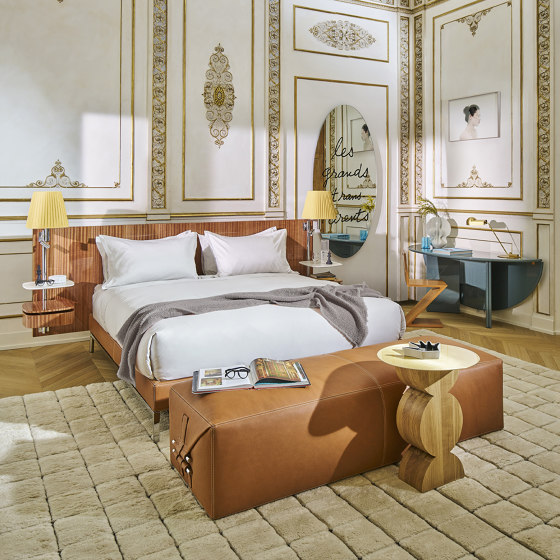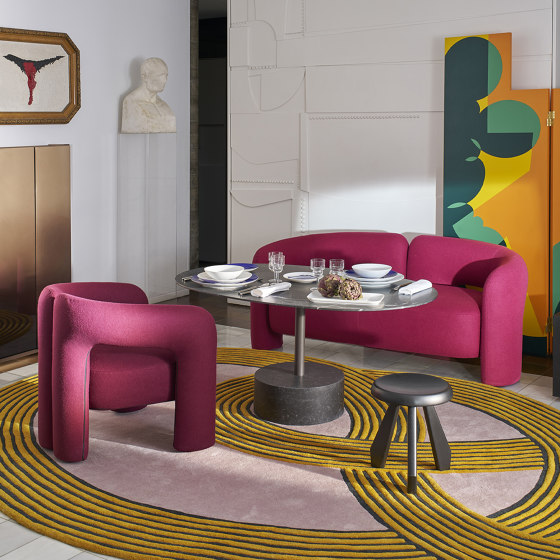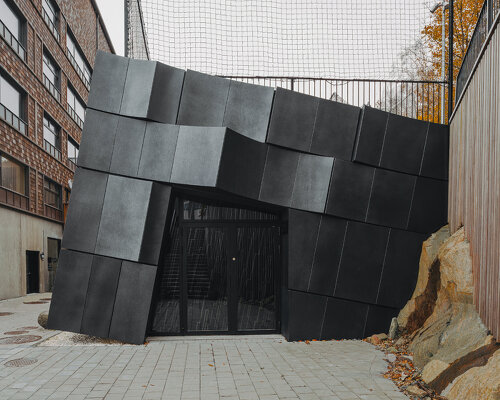Home Accents Today’s exclusive report reveals industry resilience in 2025

In a year where tariffs and the potential impacts of them dominated the headlines, the home accents industry still made a bit of rebound after an off year in 2024.
According to the Home Accents Today Universe Report, total home accents sales across seven categories will rise to an estimated $86.1 billion this year, up 1.2% over 2024’s $85.06 billion mark.
Faced with business challenges ranging from inflation threats to retail closings to consumer apathy, industry stalwarts found ways to power through in 2025 to achieve that increase and are counting on 2026 to be even better. Tariffs, however, were top-of-mind throughout the year and added an X factor for executives.
“It is so hard to know how to navigate things we cannot control, nor do we know what each day will bring with costs and tariffs in each country,” said Jamie Young, president and founder of Jamie Young Co. “We are very diversified in where we produce our products and are trying our hardest to not pass on the increased cost to our customers. I’m hopeful that 2026 will bring more steadiness to the industry.”
“Despite the business challenges the industry faced in 2025, we’re on track to finish the year strong,” said Melissa Whitaker, president and CEO of Bassett Mirror. “As we continue to reposition the company — strengthening our infrastructure, refining our processes and evolving our product assortment — we’re optimistic about 2026. There’s real sense of momentum behind what we’re doing.”

“We’re entering 2026 with clarity and optimism,” noted Angelique Witcher, director of marketing for Accent Décor. “2025 challenged us to be intentional — to refine, adapt and stay creative amid a constantly shifting tariff environment. Those adjustments have strengthened our foundation, ensuring we can continue delivering the design-driven, high-quality products our customers love.”
The largest increase for the accents sector comes in decorative accessories, which is predicted to be up 3.1% to $31.91 billion. This category also garners the largest share of the home accents business, accounting for 37%.
Witcher said Accent Décor saw momentum with accessories “that blur the line between art and utility. Categories like decorative vessels, statement bowls and sculptural accents saw strong growth as designers and retailers leaned into pieces that layer texture and craftsmanship.”
Jamie Young has expanded its high-end accessories with handmade boxes, vases and sculptural objects, she said.
In line with the overall softness in the furniture market, accent furniture was expected to be down less than 1% to $21.46 billion in 2025. Still, suppliers have been energized by certain new items within the category.
“We found tremendous excitement around the introduction of beds and headboards this year—a completely new category for us that has been met with an incredibly positive response,” said Haley Bond, content and partnership strategist for Villa & House.
Whitaker from Bassett Mirror noted display cabinets were a strong performer and “we’ve also seen great traction with our expanded assortment of novelty servers and updated dining chairs.”
Lighting and lamps both experienced a slight uptick this year, according to the Universe Report, with lamps up 0.6% to $7.76 billion and lighting fixtures up 0.7% for an estimated total of $5.62 billion.
Leah Fahey, a marketing specialist for Chelsea House, noted lighting was a strong focus for the company and continues to perform exceptionally well. For 2026, she said, “we plan to build on that momentum and further expand our lighting offerings.”

“Lighting remains an exciting category for us,” said Robin Daniel, vice president-marketing with Arteriors and contributed to “a solid finish in 2025.”
WAC Group, a lighting company that includes brands that span a good/better/best strategy, saw sales of its high-end Schonbek brand, “go through the roof,” said RJ LeFleur, managing director. Meanwhile sales at Modern Forms, which is a step below Schonbek, were flatter. The lower end, said LeFleur, is the “first to go, last to come back” in part because there is more competition in that segment.
Brad Kleinberg, president at Crystorama, said their business experienced single-digit growth. “Even in challenging times, things are OK,” he said. Others in the lighting business characterized business as flat in 2025 but see some recovery ahead. “It hasn’t been a great year, but moderate,” said Bob Ross, vice president of sales for Kalco. “Hopefully 2026 will be better.”

The area rug sector grew by 1.2% to an estimated $6.95 billion despite experiencing some of the highest tariff rates. Most rug producers said they had to implement modest price increases but saw little pushback either because it was the first increase in a while or because retailers and designers understood the situation.
Heading into 2026, concerns over 50% tariffs on goods from India has some rug producers less optimistic about continuing to build sales as they did this year.
Certain sales channels such as e-commerce, interior designers and off-price retailing were the benefactors of growth in 2025, while traditional furniture stores, department stores and craft and fabric stores experienced a slowdown in accent sales.
Daniel from Arteriors said their channel focus has been on the trade, lighting showrooms and select online outlets. “Our new leadership team has ensured a cohesive product strategy that resonates with high-end residential designers and the hospitality sector,” she said.
Chelsea House’s business continues to be built around designers as well, said Fahey. “As the industry evolves, we’ve strengthened our role as a trusted resource for designers.”
Accent Décor has also deepened its partnerships with interior designers and design-driven retailers, said Witcher, but has seen “notable growth within the home and gift sector as our offering has evolved.”
Bassett Mirror’s Whitaker said while selling through multiple channels, including brick-and-mortar stores, e-commerce and designers, “we’ve been very intentional about tailoring our assortments, pricing strategies and logistics to best serve the unique needs of each channel.”















































